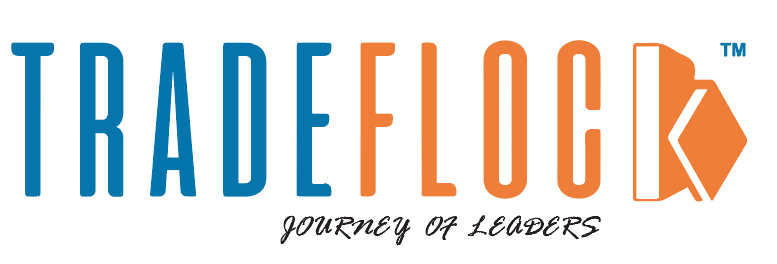Change is a recurring theme in all businesses, regardless of sector, size, clientele, or location. Predicting consumer and market trends, economic developments, employee attitudes, and customer behaviour is challenging. Businesses must simultaneously ensure they have the right personnel on their teams to handle any changes they need to adopt.
How is that even possible? The first thing that comes to mind is Human Resource Planning and what is HRP. Businesses may foresee their workforce demands and prepare for the challenges ahead with efficient human resource planning.
In case you are new to what is HRP? Human Resource Planning is the ongoing practice of strategically planning to maximise an organisation’s most important asset – qualified workers. Planning for HR helps prevent shortages or overloads of labour while ensuring the optimal match between employees and their job positions.
Planning for the process of HRP helps firms ensure a constant pool of qualified workers. For this reason, it is also comprehended as workforce planning. Companies use the process to evaluate what is HRP and the process of HRP that necessitates the growth of their organisation. HRP must be adaptable enough to address short-term staffing issues, and long-term corporate environment changes. The question, what is HRP, begins by evaluating the current human resource capabilities.
Table of Contents
What Is HRP And Its Challenges?
A few constantly changing factors, such as employees falling sick, getting promoted, or taking vacations, provide obstacles to HRP. By confirming the optimal match between workers and their occupations, HRP helps to prevent employee deficiencies and abundance. Here are the goals to be followed to understand what is HRP:
- Find and recruit qualified personnel.
- Choose the top prospects, prepare them, and reward them.
- Confront disagreements and cope with absences.
- Employees can be let go or promoted.
A firm is only as good as its employees; hence a successful company often depends on having highly engaged employees. Also, the organisation must understand what is HRP to keep the firm productive.
Understand What Is HRP In These Following Steps
The human resource planning process is divided into four broad, generic components. To achieve the ultimate objective, which is to create a plan that enables the business to successfully attract and retain enough competent personnel to meet the company’s demands, each step must be steered in the correct order.
Examining the Labour Market
Start with identifying what is HRP. In this step, the human resources department analyses the organisation’s strength in light of the number of employees, their backgrounds, talents, and performance levels, as well as their roles and benefits.
Demand for Labour Forecasting
The organisation must describe its workforce’s future in the second phase. Here, the HR division can consider specific issues like promotions, retirements, layoffs, and transfers—anything that affects the company’s future demands. The process of HRP also involves looking at outside factors affecting labour demand, such as new technologies that might make hiring more or less necessary.
Managing the Supply and Demand of Labour
The projection of the job demand is the third step in the process of HRP. HR develops a gap analysis that outlines precise requirements to reduce the company’s labour supply compared to anticipated demand. Often, this study will lead to a number of queries, like:
- Should workers pick up new skills?
- Does the business require more managers?
- Do all workers utilise their strengths in their present positions?
Creating and Executing a Plan
In the final stage of the process of HRP, HR needs to decide how to move forward based on the responses to the questions from the gap analysis. Now that its plan has been approved, HR must implement it within the business as a whole. To carry out the strategy, the department needs funding, the capacity to do so, and cooperation from all other departments.
Particular Considerations
HR planning aims to have the correct number of employees to generate the most revenue for the business. Human resource planning is expected because a company’s objectives and tactics evolve. Additionally, as globalisation accelerates, HR departments will need to implement new procedures to account for national variations in government labour legislation.
For better organisational work, understanding what is HRP would help with new techniques and technologies to attract, train, and retain employees as a result of the rising usage of remote workers by many organisations.
Also Read: Best HR Management Software For Small and Large Scale Business
What Is The Importance of Human Resource Planning?
A corporation can more effectively maintain and target the proper talent to hire with the technical and soft skills necessary to maximise their organisational function by using human resource planning (HRP). Additionally, it enables managers to develop the workforce’s essential abilities better.
Once you are well aware of the dynamics of what is HRP and the complete process, it is easy for the organisation to fulfil the needs and requirements of their employee and attain better productivity and work environment.





